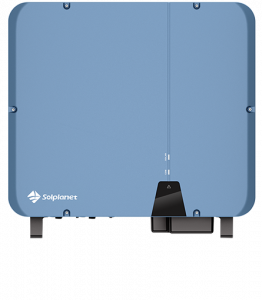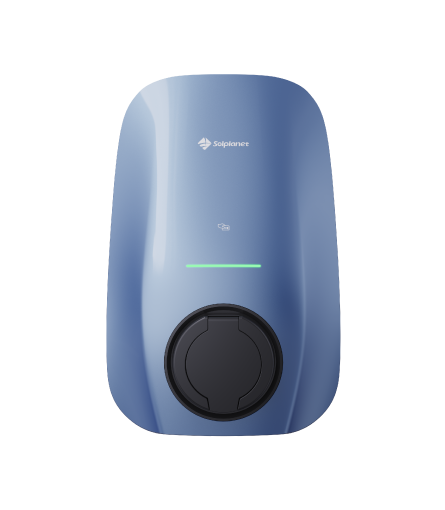2022-02-22
Over-sizing PV Power Plants
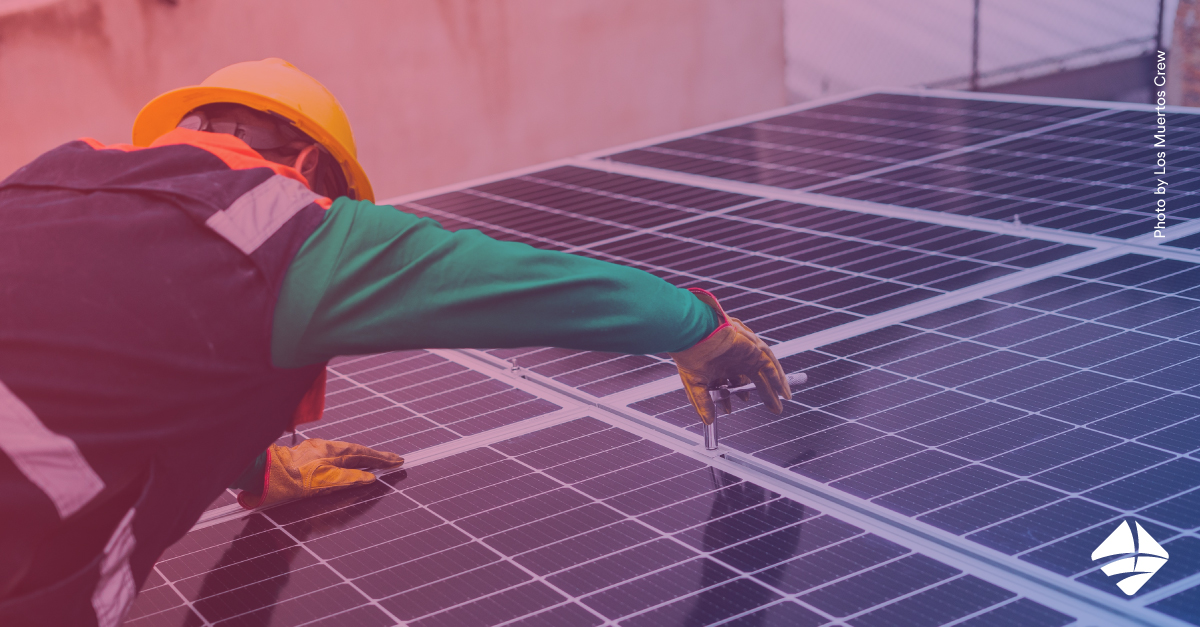
Regarding the construction of photovoltaic systems, high DC: AC over-sizing ratios can increase system utilization, reduce the levelised cost of electricity (LCOE), and improve economic rates of return. Therefore, over-sizing ratios draw significant attention in the industry and have gradually become a formal requirement when designing PV plants. At the same time, high over-sizing ratios place heavier burdens on the operation of an inverter therefore the quality and design of the inverters is an important factor for determining the best inverter product. In the selection of the optimal over-sizing ratio, there are also many environmental factors that affect the designer’s decision which requires further analysis. This article briefly introduces the concept of over-sizing and its advantages, technical effects, and design factors of over-sizing ratio design.
1. Explanation of Over-sizing
The over-sizing ratio usually refers to the ratio of the maximum DC input power to the rated AC output power of the inverter in a standardized test environment. For example, for an inverter with a rated AC power of 5 kW and a rated maximum DC input of 6 kWp STC (Standart Test Conditions), the over-sizing ratio is 6/5=1.2 When the DC input is 7 kWp STC, the over-sizing ratio is 7/5=1.4. Over-sizing is an important indicator to measure the performance of the inverter and it is also one of the main considerations for installers when designing a PV plant.
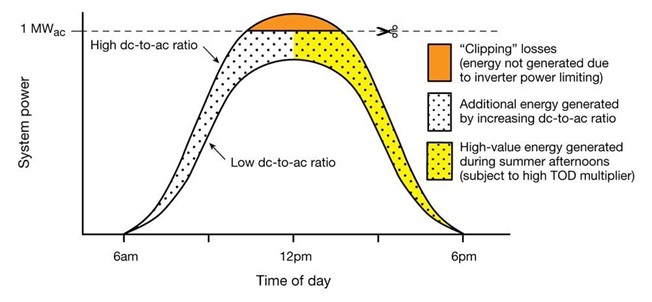
Under sufficient sunlight, the power generated by the PV array will be greater than the rated maximum output power of the inverter. At this time, the inverter will limit the current in the system to the maximum rated value therefore the DC voltage will increase accordingly. In this scenario, the system output is limited to the rated maximum output of the inverter and the potential production capacity of the oversized portion will be lost. As shown in the figure, the peak of the actual power curve of the system will change from the original normal distribution curve to a flat straight line. This process is called “peak clipping” or simply “clipping”.
2. Advantages of Over-sizing PV Power Plants
When the system is not under-sized as shown in the figure, the system capacity is lower than the oversized portion most of the time. Although the power production will be affected by the “clipping” effect when sunlight is sufficient, it will be compensated by the increase in power production during the morning and afternoon which is attributed to oversizing.
From an investment point of view, if a 6 kWp DC PV plant is connected to a 6 kWac inverter, the PV plant will not operate at full load except during periods of ideal weather conditions. This will lead to a loss of potential production over the operational lifetime of the PV plant. If a 5 kWac inverter is used, the PV plant is operating more frequently in the full-load operation stage, and the capacity of the equipment is used more effectively and efficiently. If the PV plant has been appropriately designed, the probability of “peak clipping” is low, therefore having a small impact on the system. In addition, considering the impact of the inverter cost on overall system cost, the price of the 5 kW inverters is lower than 6 kW. An appropriate over-sizing ratio will optimize the overall projects’ NPV (Net present value), IRR (internal rate of return), and LCOE.
In addition, many markets adopt on/off-peak time electricity tariffs which usually means that the electricity price in the morning and afternoon is higher than the electricity price at noon. Over-sizing ensures a higher capacity in the morning and afternoon, thus, reducing grid side consumption when the electricity price is high. In conclusion, oversizing brings higher economic returns.
During the “clipping” process, the power curve is in a stable state. Compared with the conventional curve, the power dispatching work of the grid company will become much easier, especially for areas with rapid photovoltaic development or weak grid carrying capacity.
3. The Impact of Over-sizing Design for Inverter Technology
When the system is in the “peak clipping” state, the inverter limits the system currently within the rated range, at the same time the device will be above the maximum power point voltage. This has higher requirements for the quality of inverter components, the optimization of internal circuits, especially the heat dissipation as it will increase with a higher over-sizing ratio. Moreover, ” clipping” generally occurs during ideal weather conditions (summer), and it is usually the time when the temperature is the highest in a day, which increases the heat dissipation of the equipment. Considering problems such as failure rate and noise, many inverter manufacturers apply natural cooling technology to household equipment. In order to ensure better heat dissipation capacity and increase over-sizing capacity, the optimization of the internal circuit of the equipment and the structural design appears to be particularly important. Otherwise, the device will be frequently shut down due to internal overheating and subsequently reduce the service life of the device.
When the system is oversized, the DC side will generate higher energy than the rated value of the AC part, so a high over-sizing ratio may result in higher DC currents. Of course, excessively high over-sizing will cause the energy lost by the ” clipping” effect to be higher than the excess capacity during non-light-peak periods. Within a reasonable over-sizing range, the DC current overload capacity also affects the over-sizing level of the equipment.
In view of the impact of the above-mentioned over-sizing ratio on the inverter, the over-sizing ratio is regarded as an important reference index to measure the quality and design level of the inverter.
4. Over-sizing Design Advantages of Solplanet Inverters
Solplanet residential inverters have introduced the concept of a full range of over-sizing ratios at 150%, that is, residential inverters with a power range of 1 kW-10 kW. Regardless of single-MPPT, double-MPPT, single-phase, or three-phase, the over-sizing capacity is always at 1,5. This indicator is significantly higher than the current industry average of 1.3-1.4. Many manufacturers also claim that their products can also achieve over-sizing at 1.5, but they are basically limited to their higher-end products.
Solplanet’s full range of residential products, which offer 1.5 over-sizing, not only represents the product’s advanced circuit design and good heat dissipation capacity but also shows the company’s product design and quality assurance principles. Solplanet inverters, allow for more optimized system capabilities which in turn bring higher economic benefits.
About Solplanet
Solplanet is a brand of AISWEI overseas. AISWEI is a global organization manufacturing high-quality and reliable inverters since 2007, formerly known as SMA’s Chinese subsidiary with a broad portfolio of photovoltaic inverter products, EV chargers, and energy management systems. We are driven by a simple idea: solar for everybody. That’s why our products are easy-to-install, reliable, and user-friendly and strive to create the best possible experience for distributors, installers, and end-users.

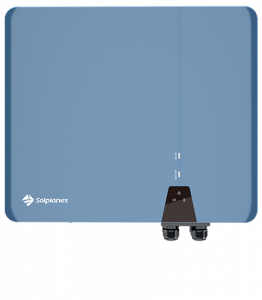
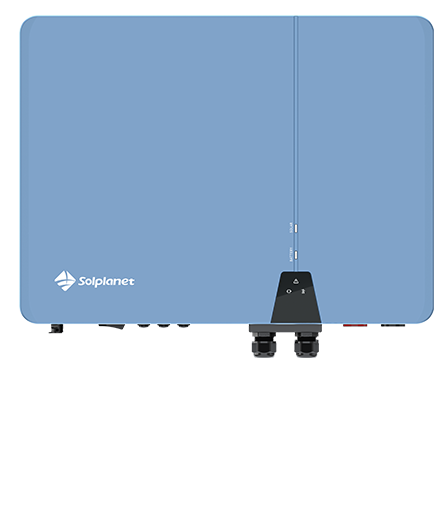
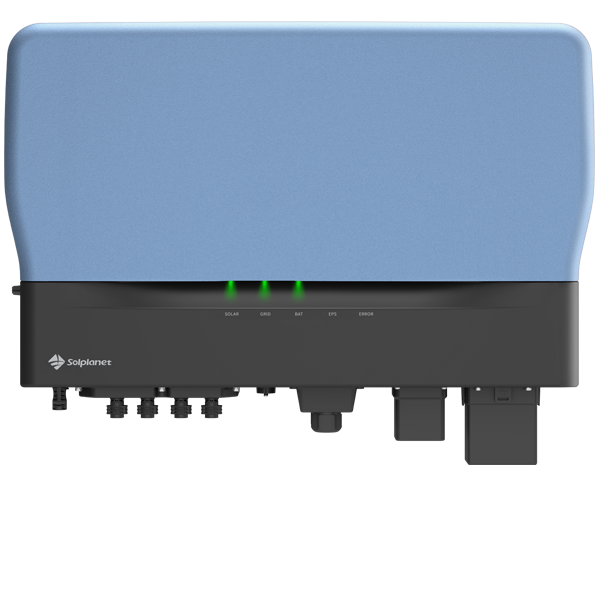
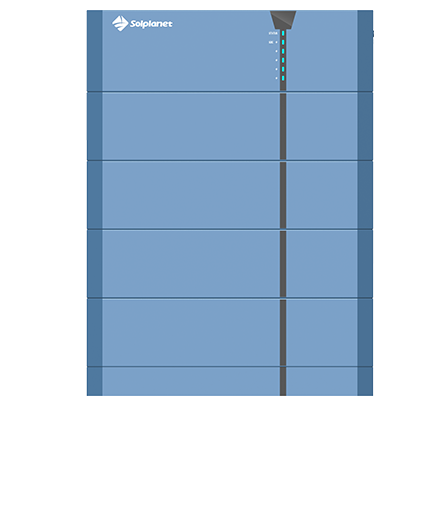

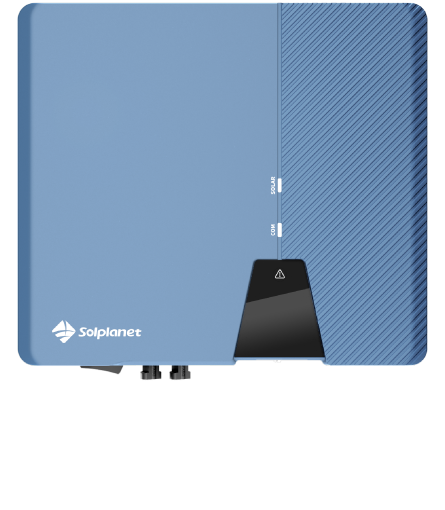
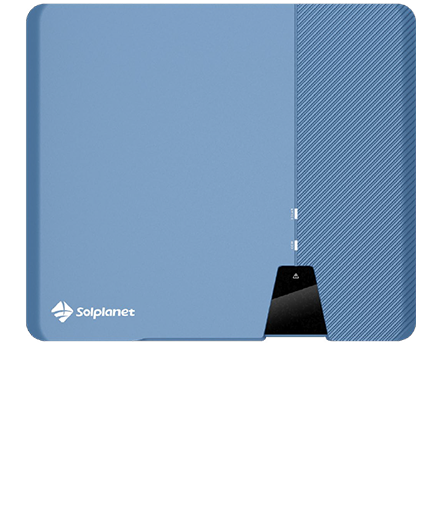
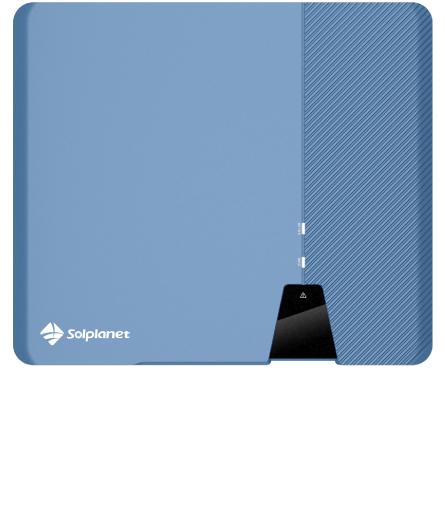
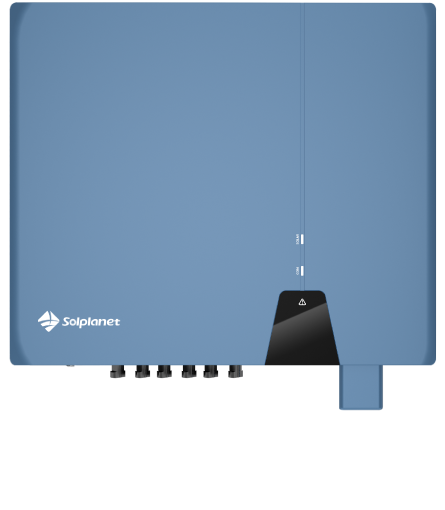
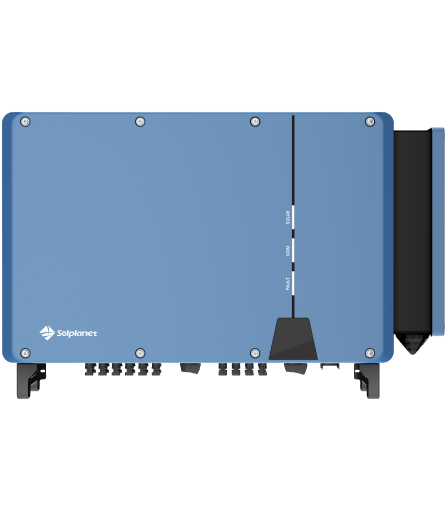 ASW 80-110K LT serien
ASW 80-110K LT serien